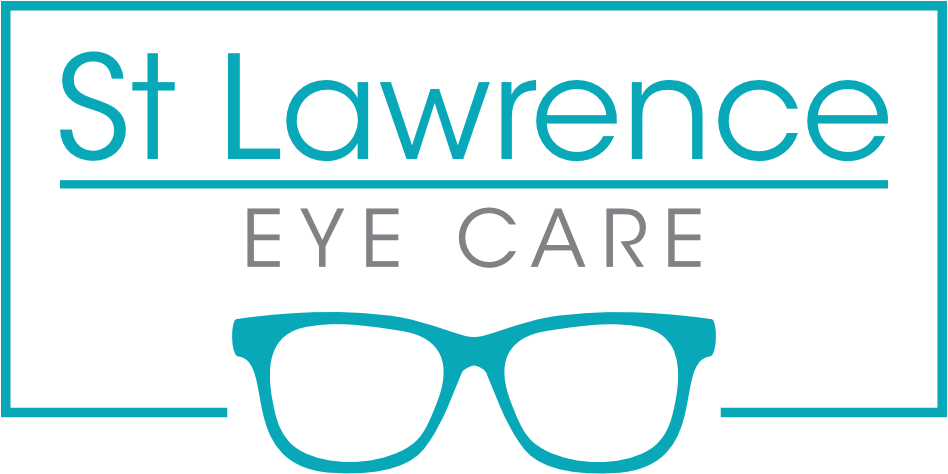
Lazy eye, also known as amblyopia, occurs when there is a communication problem between the brain and the eyes. The condition can affect both children and adults. It usually develops during infancy and normally only affects one eye, but if it is not treated on time, can eventually lead to vision loss.
There are three types of lazy eye, known as strabismic amblyopia, refractive amblyopia and deprivation amblyopia. The good news is that all three can be treated.
Strabismic lazy eye is the most common and occurs when the eyes are not properly aligned. All three conditions result in different messages sent between the brain and the eyes are resulting in the brain communicating with only one eye instead of both. The eyes should send identical images to the brain, but if one of the images is unclear or distorted, the brain will not accept any communication from that eye and will instead only communicate with the eye sending the clear image.
Eye exams help with early detection of lazy eye conditions. This is very important as it can help prevent vision loss. The exam will also be able to determine the type of amblyopia that the patient has so that the correct treatment can be provided accordingly.
Patching, penalizing eye drops and surgery are the three treatments available for those who are diagnosed with strabismic amblyopia. Patching will help strengthen the affected eye and balance the alignment of the eyes because when a patch is placed over the good eye, the brain will be forced to accept images from the lazy eye to help restore balance.
Eye drops work in a similar fashion. When placed in the unaffected eye, it can cause blurred vision, forcing the brain to work with the lazy eye instead of the healthy eye. In extreme cases, surgery could be an option to help rebalance the function of the eye muscles.
Glasses or contact lenses are used to treat refractive amblyopia as they help correct the refractive lens in the eye. If cataracts are caused amblyopia then surgery may be required after which patching will also be part of the treatment process to fully rebalance the patient’s eyes.
St. Lawrence Eye Care, Toronto
If you have any concerns regarding your child’s eyes or your own, make an appointment with St. Lawrence Eye Care today. They can complete an eye exam, after which an optometrist will discuss the results to ensure you receive the best eye care possible. Timely eye exams can help prevent vision loss and treat amblyopia. If you’re in the Toronto area and want the best for your eyes, give Lawrence Eye Care a call today!
